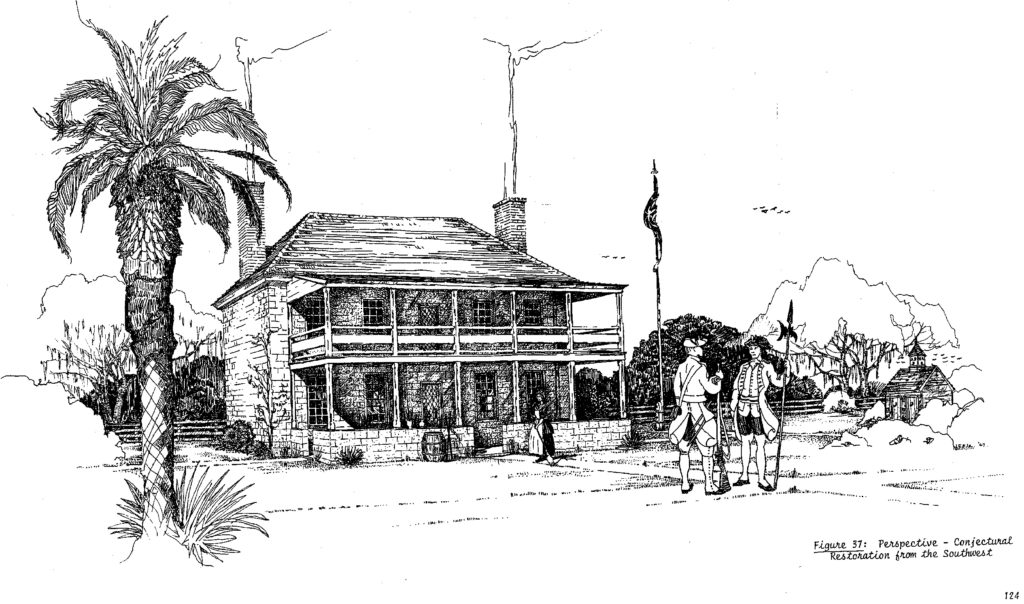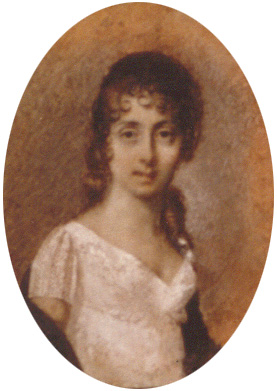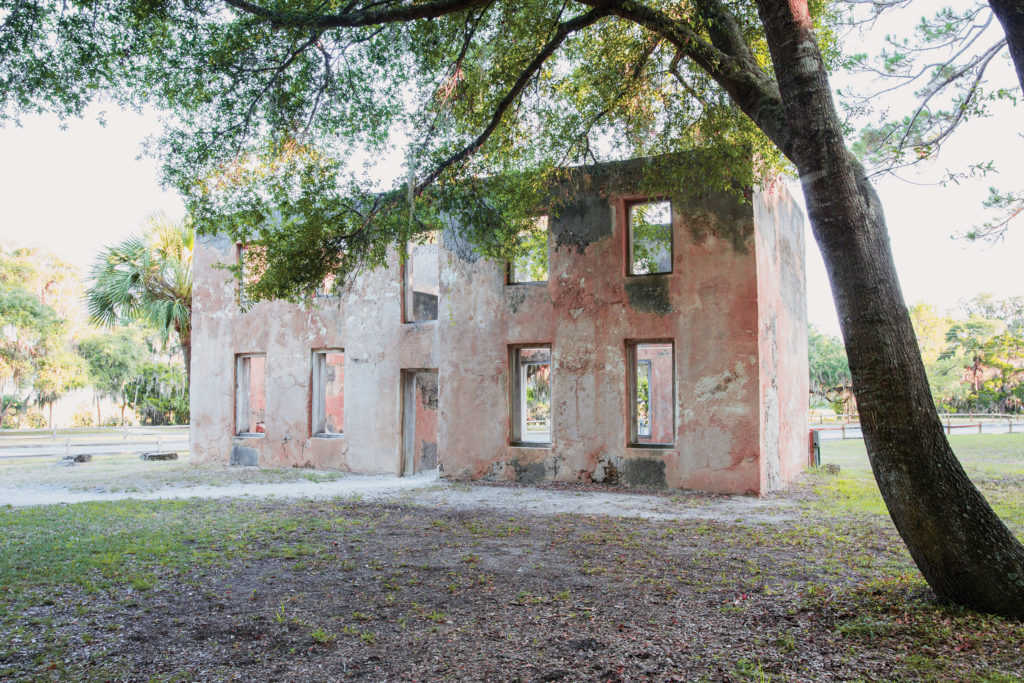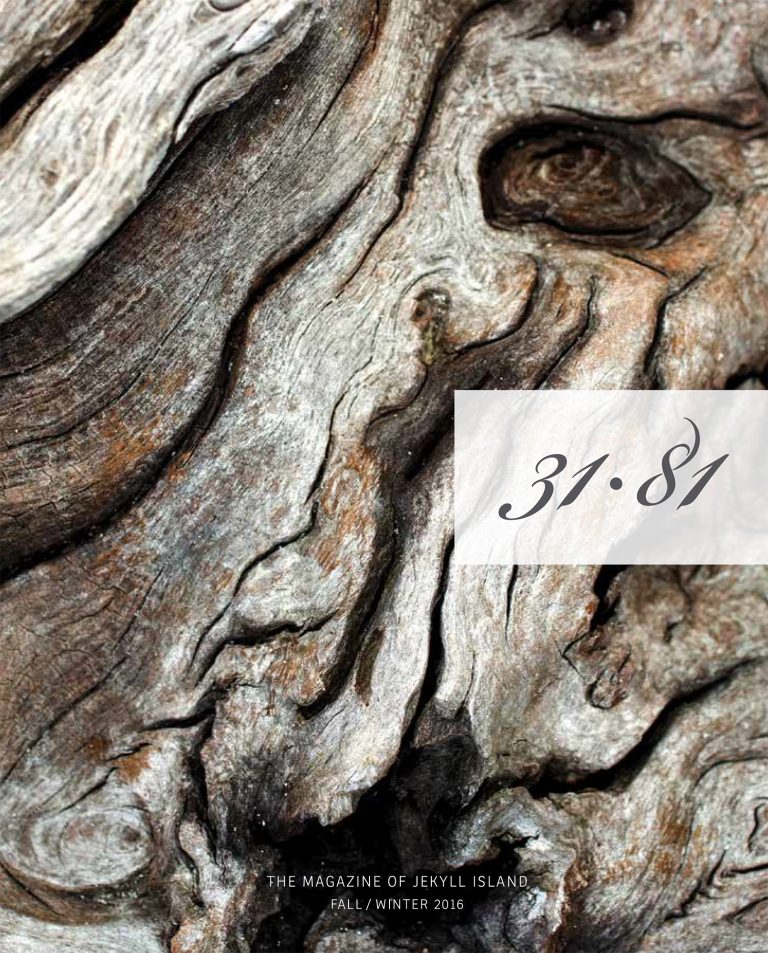Centuries of Georgia history live within its ruined walls
By Rebecca Burns
Today, visitors to Jekyll Island most often use the Horton House as a backdrop for portraits. “We see so many people there taking pictures. They love the rustic tabby,” says Andrea Marroquin, program coordinator for the Jekyll Island Museum.
All that remains of the 1743 home—one of the oldest surviving tabby buildings in Georgia—are walls, openings for doors and windows, and a fetchingly scarred facade. While just a skeleton, it holds a wealth of history about colonial life on Georgia’s barrier islands.

The building was constructed by Major William Horton, who purchased 500 acres on Jekyll Island from colonial trustees for one pound and one shilling and a promise to improve the land with his ten indentured servants. Horton, who oversaw Fort Frederica on nearby St. Simons, eagerly settled on Jekyll and planted crops, among them hops and rye. In addition to his home, he built a brewery, the first in the Deep South, and produced beer for the colonists. (This might have raised some eyebrows; Georgia’s founders initially prohibited alcohol. But because beer was deemed safer to drink than water, it quickly became a staple.)
Listed on the National Register of Historic Places, Horton’s home is one of the oldest tabby structures in the state. To make tabby, early Georgians burned oyster shells to create lime, then mixed that with sand, crushed shells, and water into a slurry that was poured into forms for construction.
In 1794, Christophe Poulain DuBignon, who made a fortune as a privateer during the American Revolution, returned to Georgia from France, to escape the unrest of that country’s revolution. He traded a share in the Sapelo Company for a portion of Jekyll Island and continued to buy property until, by the end of the century, his family controlled the island entirely. The DuBignons settled into Horton House and lived there for decades.
The Family Plot
Across from the Horton House, a tabby wall surrounds a tiny cemetery—the permanent resting place of three DuBignon family members and two employees of the Jekyll Island Club. The unmarked grave of Christophe DuBignon is believed to be elsewhere on the property.
Some history behind the headstones:

Ann Amelia DuBignon
Born Ann Amelia Nicolau in Bordeaux, Ann married Henri Charles DuBignon in 1808 and bore him nine children.
Joseph DuBignon
Born on Jekyll Island, he was the son of Ann and Henri.
Marie Felicite Riffault
Joseph’s mother-in-law was born in the French colony of Sainte Dominique.
Hector DeLiyannis
A native of the ancient Greek city Smyrna, DeLiyannis served on the staff of the Jekyll Island Club Hotel and drowned in the river on March 12, 1912.
George F. Harvey
Harvey was another hotel employee who drowned on the same day as DeLiyannis.
When You Visit
The Basics
There is no admission charge for the Horton House and adjoining properties, nor do you need to schedule a visit. Simply take a self-guided tour following the interpretive signage.
Getting There
There is ample parking, and the site is easily accessible by foot or bike.
Good to Know
“The Horton House is close to the campground and Driftwood Beach, so it’s easy to tie a visit in with another experience on Jekyll,” says Marroquin.
Riverview Drive, jekyllisland.com/horton



